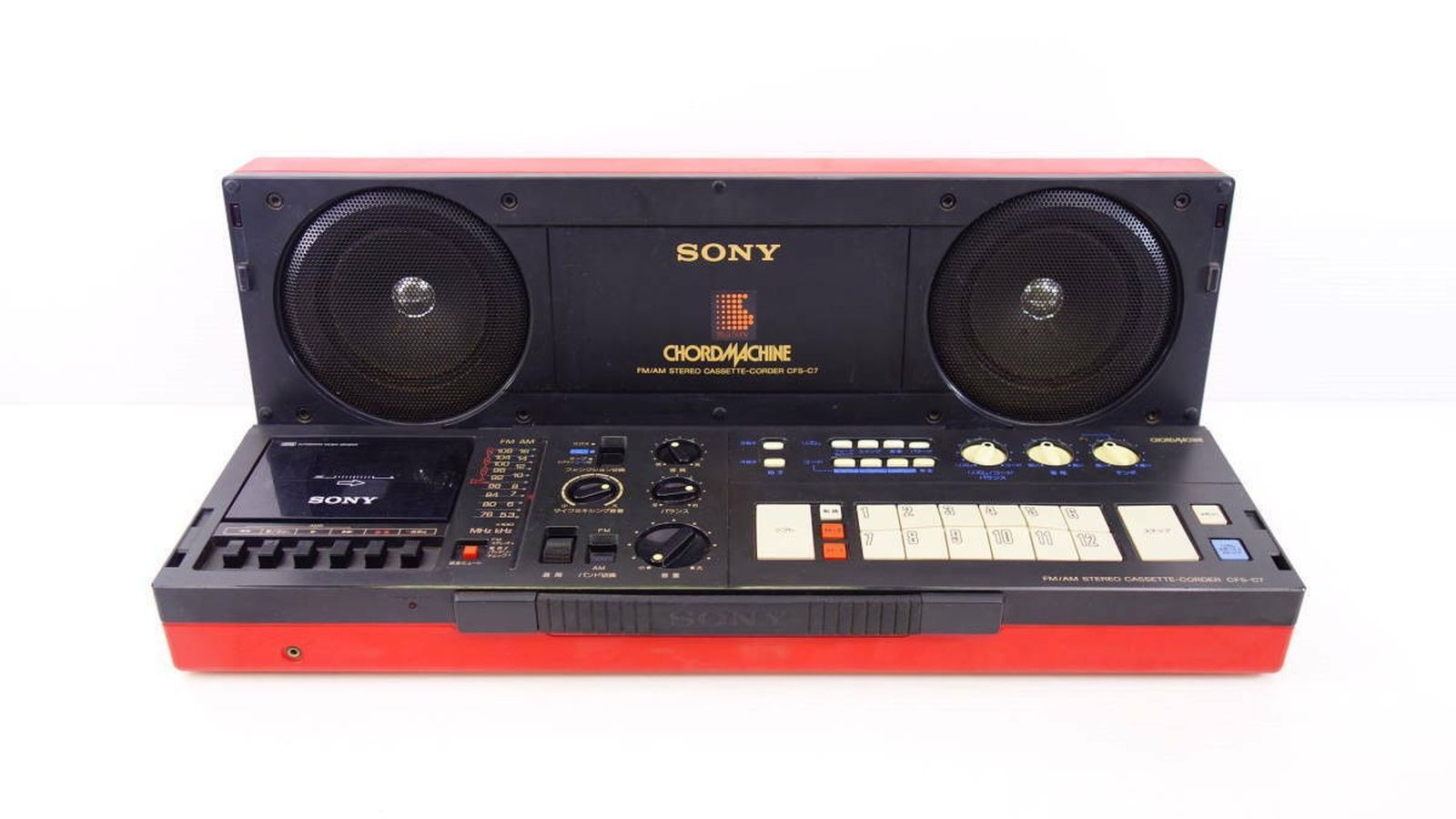Sony’s Boombox Groovebox Hybrid That Never Quite Caught On

As the mouthful of a name implies, the Chord Machine was an amalgam of things. At the heart of this clamshell conglomerate was a conventional “boombox” with all the customary features of the day, including a detachable speaker box that had to be hard-wired to the central unit. Remember, this was long before Bluetooth or Wi-Fi existed. It also has a full-frequency AM/FM stereo radio (complete with a hidden antenna that could be pulled out and extended), a built-in cassette player, and a recorder — all the usual stuff.
What wasn’t so standard was the addition of an entirely different capability, what we know today as a “groovebox.” The term, however, didn’t come into common parlance until 1996 when Roland released its MC-303 Groovebox. In simplest terms, a groovebox is a device used in “the production of live, loop-based electronic music,” sometimes referred to as a drum machine or sampler.
And that’s precisely what the other side of the machine did. The most eye-catching feature is the large buttons numbered one through twelve, which, when pressed, play different chords or tones. Shift buttons allow the musician or DJ to change the octaves on those pre-programmed sounds. The CFS-C7 also includes a drum machine, because who doesn’t love those? It has four different preset rhythms and beats, four preset chord options, and 3x and 4x buttons. Users can also alter the beats per minute, adjust the sound balance between chords and rhythms, and control the pitch of the notes with respective turn dial buttons.
For all the latest Games News Click Here
For the latest news and updates, follow us on Google News.
